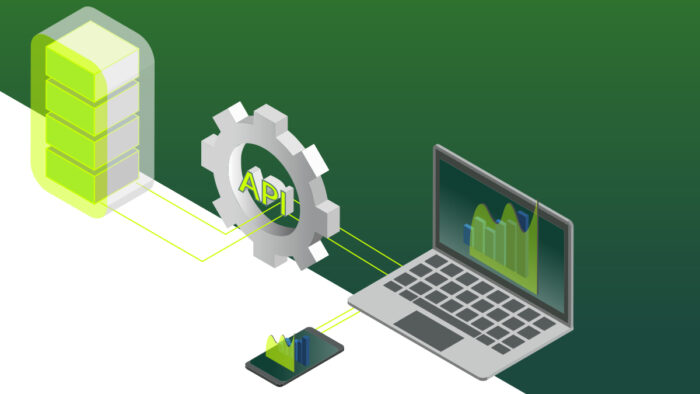- Published on
How ZorroSign’s API Can Improve Your Business and Customer Experiences
- Authors
-
-
- Name
- Michael Jones
-

What is an Application Programming Interface?
An application programming interface, or API, is software that opens up an application’s data and functionally to external third-party developers, business partners, or internal departments within an organization.
APIs allow different applications to communicate with each other and leverage each other’s data and functionality through a documented interface. In other words, an API allows two different applications to talk to each other, access data, and acts as a go between that takes requests, translates, and returns responses.
There are four different types of APIs:
- The first are Open APIs, also known as public or external APIs, and they are available to use by any developer. This leads to open APIs having relatively low authentication and authorization measures but the assets they share are often restricted.
- Partner APIs are shared externally, but only with those who have a business relation with the company that is providing the API. Access is limited to only those that have been authorized or have official licenses. These limitations make partner APIs more secure than public APIs.
- Internal APIs, also called private APIs, are not intended to be used by third parties. They are used internally within companies for the transfer of data between teams and systems.
- Composite APIs are a combination of multiple APIs, this allows developers to group different elements of the APIs for a unified response from different servers. These APIs work as an automatic chain of calls and responses that do not require intervention.
Without knowing it, you are likely using API’s every single day! One prime example is Google maps, which is used virtually by any website that wants to provide convenient directions to their location.
So how exactly do API’s work?

- 1. Client application initiates an API call to retrieve information—also known as a request. This request is processed from an application to the web server via the API’s Uniform Resource Identifier (URI) and includes a request verb, headers, and sometimes, a request body.
- 2. After receiving a valid request, the API makes a call to the external program or web server.
- 3. The server sends a response to the API with the requested information.
- 4. The API transfers the data to the initial requesting application.
Benefits of APIs
In today’s workplace, workflows, processes, and transaction management are constantly changing. APIs help to ensure that the connectivity and collaboration continue to remain strong even as workflows and processes change.
Some other benefits of APIs include:
- Improves connectivity and collaboration: In 1990, the average enterprise used a mere 5 to 10 different enterprise apps. Today, the average enterprise uses nearly 1,200 different cloud apps, many of which are disconnected. APIs allow these different apps to be strategically wired together to seamlessly communicate with one another. Through these integrations, companies are able to improve workplace collaboration and user experience as a whole.
- Innovation: APIs provide flexibility, this allows for seamless connections with new business opportunities, new service options to existing consumers, and for the opportunity to enter into new markets that support digital transformation.
- Enhanced customer experience: APIs allow for seamless integration for customers. There’s a reason why approximately 50% of all B2B collaboration occurs via APIs – APIs allow for the customer to design and control their own experience.
ZorroSign’s API
ZorroSign’s understands the importance of APIs and that is why our seamless API integration process allows your users to remain on your existing platform’s user interface, while integrating our multi-chain blockchain platform for your transactions!
With ZorroSign, developers and product managers can tap the power of our six technologies features, as your organization benefits from our support with flexible pricing.
ZorroSign API can empower your organizations to:
- Incorporate and enforce multi-factor and biometrics authentication for added security
- Digitally sign and track documents in real time using your app or web application
- Automate forms and form-field data
- Send electronic signature requests
- Detect tampering and forgery
- And more!
Read more about our ZorroSign API or contact us today for a copy of our API Quick Start Guide!